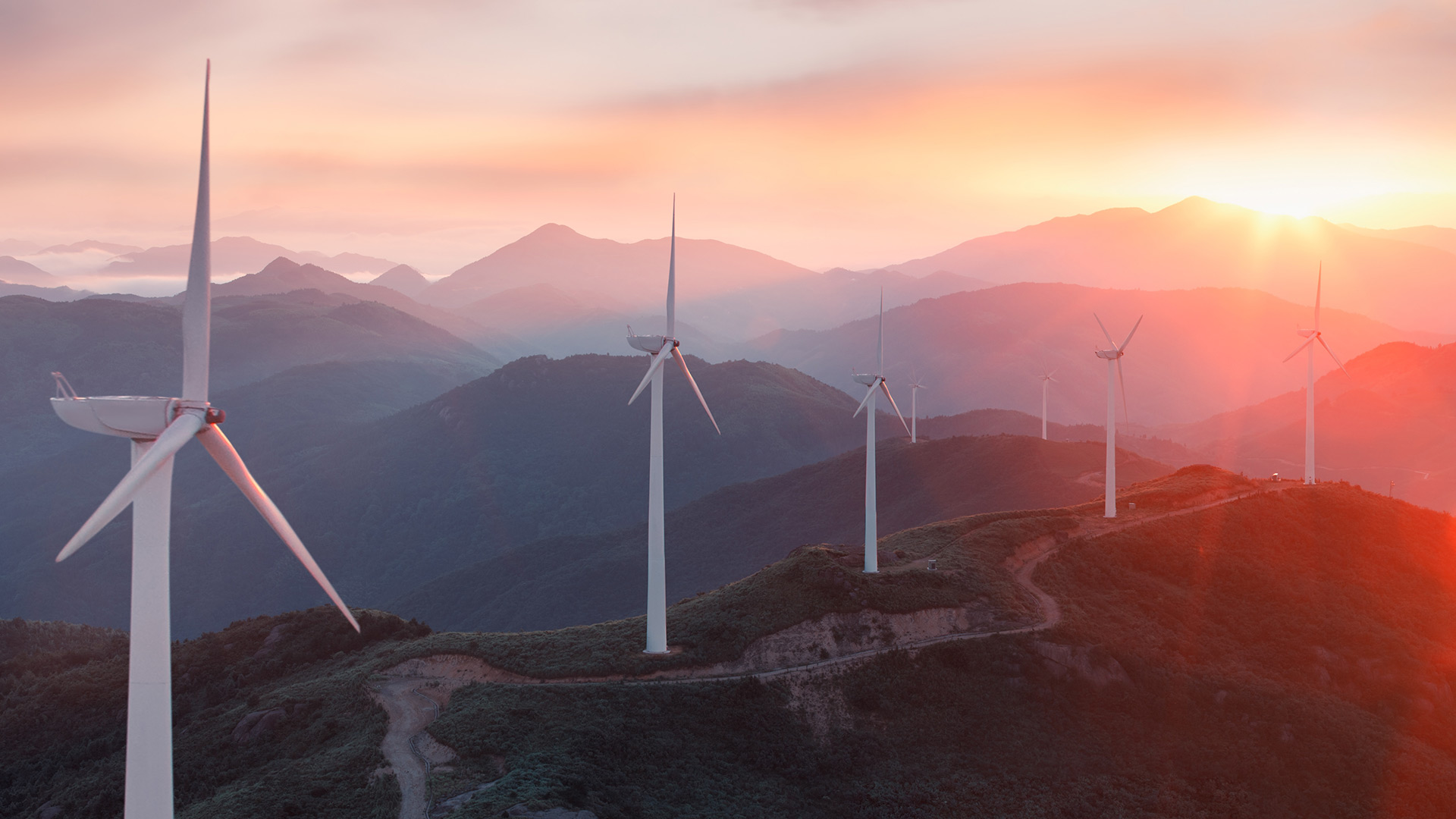
Event
2025 Insurathon: Pitch to win £50,000 of investment and pro bono UK legal advice
The Insurathon is a Norton Rose Fulbright event which fosters technological advancements and innovation in the insurance sector, now in its eighth year.


Global | Publication | July 2023
Liquefied natural gas (LNG) projects in British Columbia (BC) have faced uncertainty in recent years. BC’s prior government aggressively pursued LNG development in the early 2010s, but lost power in 2017. BC’s current government, in contrast, had been publicly ambivalent about further LNG development, and it was unclear how it intended to balance new LNG development (if any) against its ambitious climate objectives.
The BC government provided some additional clarity on March 14, 2023, through the announcement of a revamped framework for proposed LNG facilities.1 Under this new framework, proposed LNG facilities (in other words, those currently in or entering the provincial environmental assessment process) will continue to be reviewed through standard regulatory processes, but must pass an ‘emissions test’ and must have a “credible plan” to reach net-zero emissions by 2030. This framework makes the Province’s LNG policy consistent with targets established as part of its CleanBC “Roadmap to 2030,” which calls for new industrial operations to be “net-zero ready” by 2050 and to align with interim 2030 and 2040 targets.2 The details of the new framework – including standards for emissions testing and what constitutes a “credible plan” – have yet to be clarified, but proponents with projects currently in the environmental assessment stage, or those considering entering it, will face these new requirements. The Province’s messaging suggests it will not be imposing additional requirements on existing LNG facilities, so changes for facilities with existing environmental assessment certificates are not expected.
Once such existing project, the Cedar LNG project in Kitimat, received its environmental assessment certificate on March 14,3 only hours before the framework announcement, with federal approval following on March 15.5 This project, proposed by the Haisla Nation in partnership with Pembina Pipeline Corporation, will be the first Indigenous majority-owned LNG export facility in the country, as well as the largest First Nation majority-owned infrastructure project in Canada. It includes the construction and operation of an electrified floating LNG facility and marine export terminal on Haisla Nation-owned lands, and is “proposed to be one of the lowest-emitting facilities in the world.”
Though Cedar LNG is not bound by the requirement to achieve net-zero by 2030, and even though its environmental assessment application only requires it to achieve net-zero by 2050, the Province and Haisla Nation have nonetheless agreed to cooperate to work toward near-net-zero emissions by 2030. Even if not net-zero itself, the project could support broader decarbonization objectives, given, as the BC Environmental Assessment Office recognized, the project “could have a positive impact on GHG emissions globally, if the importing countries were to use the natural gas as a replacement for coal in power production.”5
The Province’s new LNG framework is part of a broader suite of measures – branded BC’s “Energy Action Framework” – designed to help the Province attain its CleanBC objectives. As part of this Framework, the Province also announced an emissions cap for the oil and gas industry, a clean energy and major projects office to fast-track investment in clean energy and technology, and a BC Hydro task force to accelerate electrification.
How these programs will be operationalized remains to be seen. Several months on, the Province has provided few updates, though some information may be forthcoming. In mid-March 2023, BC Hydro successfully sought to extend the regulatory timetable for its 2021 Integrated Resource Plan (currently before the BC Utilities Commission), largely on the basis of changes expected to result from the approval of Cedar LNG and the implementation of the Framework.6 BC Hydro filed an update on these items in June, which included revised load forecasts indicating a need for new supply and transmission – and has also teased submissions on plans to invest in utility-scale battery storage and wind.
In addition, in the months since the Framework was announced, the Province has continued to move ahead with decarbonization projects more generally. For example, in April, Canada and BC Hydro announced a joint investment of $32.7m to support three major decarbonization projects (including replacing gas boilers with electric steam boilers in Vancouver, and electrifying mining equipment in Princeton and the Cariboo region).7 That same month, the Province also announced an additional $26m of funding to expand EV charging.8

Event
The Insurathon is a Norton Rose Fulbright event which fosters technological advancements and innovation in the insurance sector, now in its eighth year.
Subscribe and stay up to date with the latest legal news, information and events . . .
© Norton Rose Fulbright LLP 2025